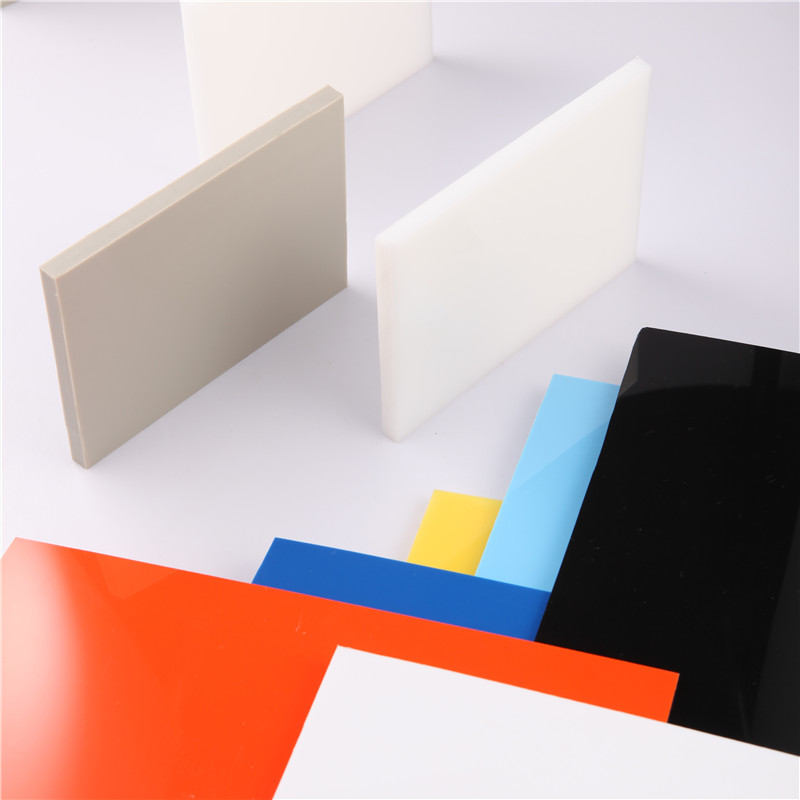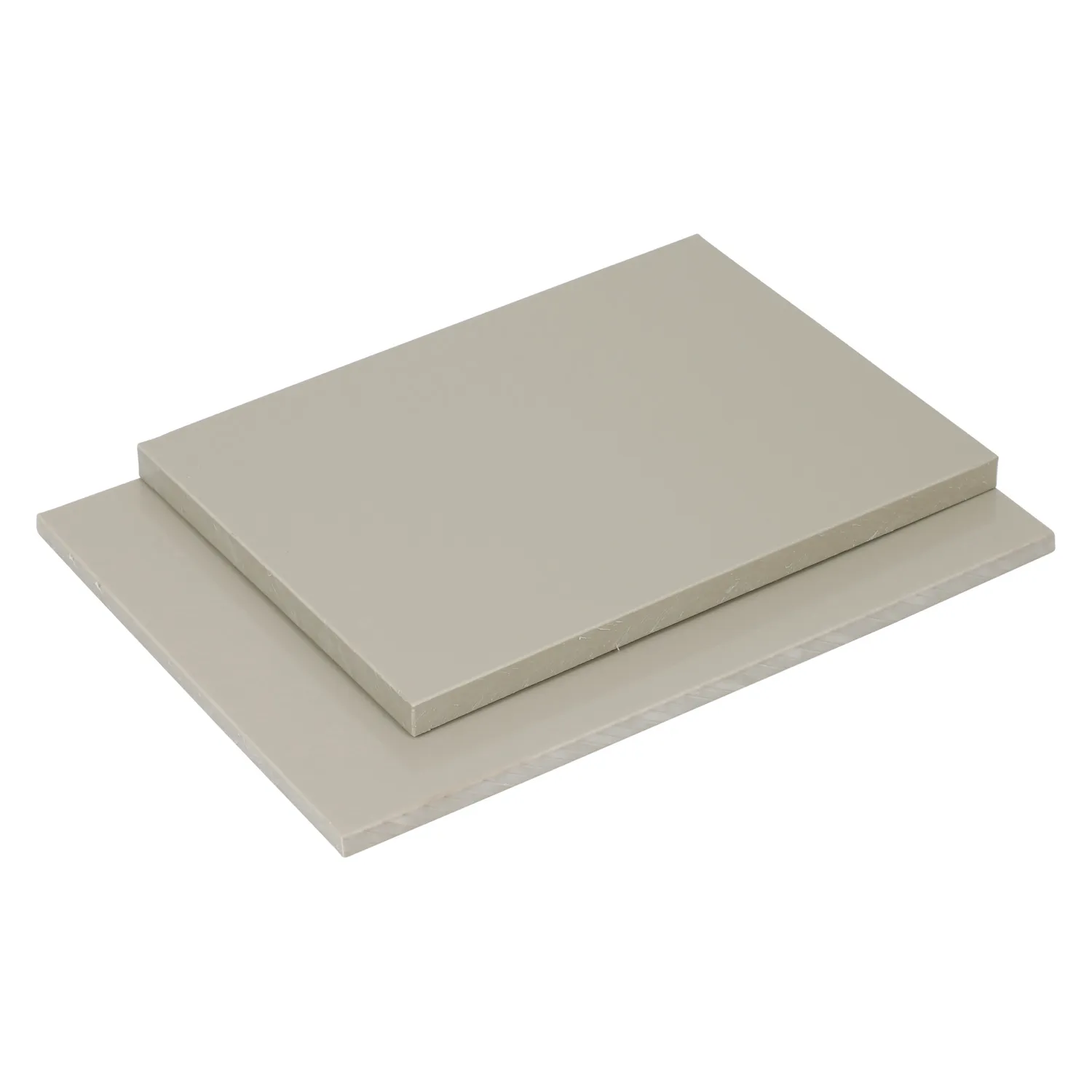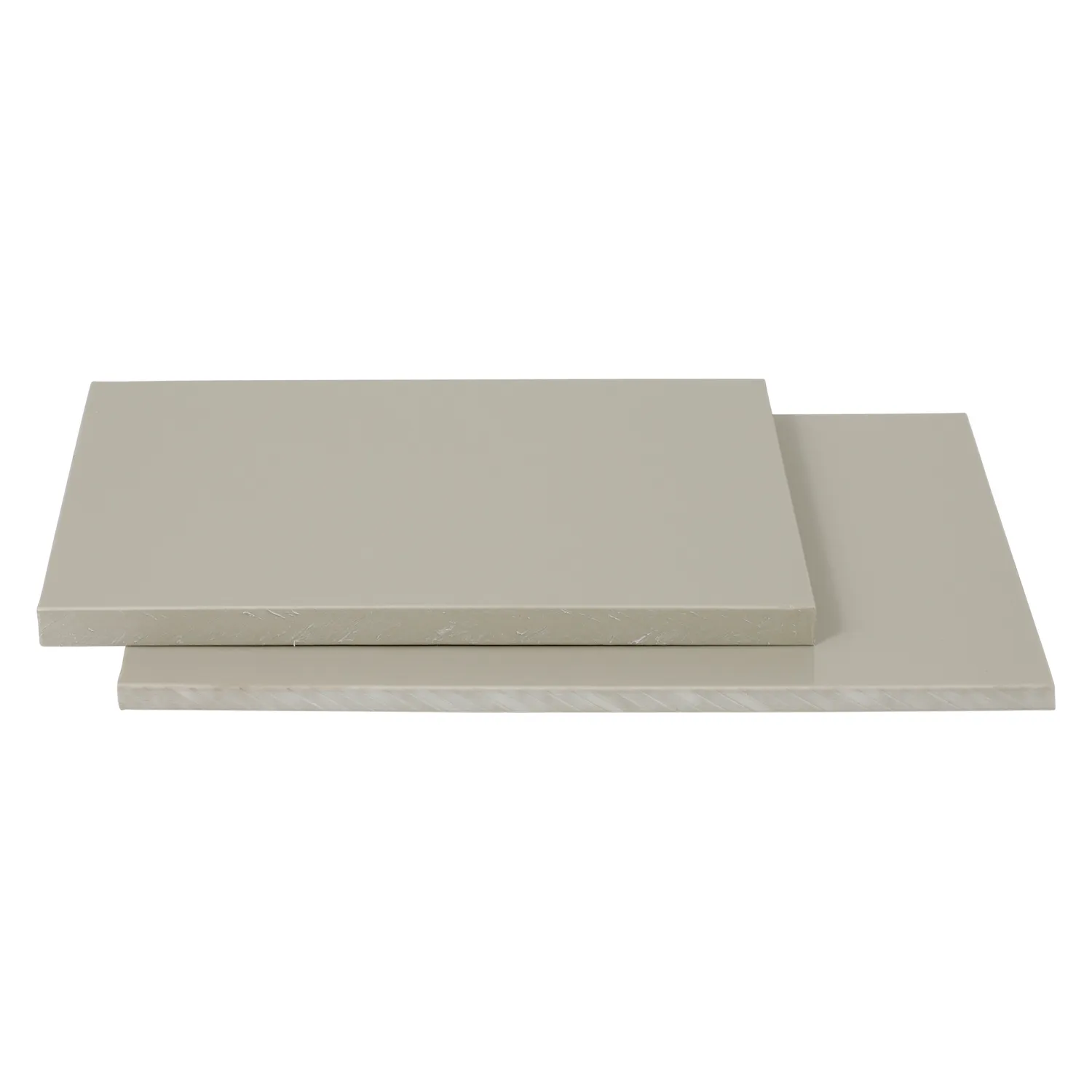Oct . 24, 2025 15:40 Back to list
PP rigid sheet(glossy surface) - clear, impact & chem-safe
A Field Guide to PP Rigid Sheet (Glossy): Trends, Specs, and Real-World Lessons
If you spend any time around fabrication shops or chemical plants, you’ll hear the same request: “Got glossy PP sheet in stock?” This is where [PP Rigid Sheet(glossy Surface)] earns its keep. It’s tougher than it looks, welds cleanly, and—surprisingly—holds a finish that wipes down easily in hygienic spaces. Origin story? Hebei, China (No.316 Pingan West Street, Shunping County, Baoding City, 072250). I’ve toured similar lines: steady extrusion, disciplined cooling, zero drama.

What’s driving demand right now
Two trends: chemical resistance for scrubbers/tanks and neat, low-porosity surfaces for food lines and lab fit-outs. Add the sustainability push—PP is recyclable—and you get a steady uptick. To be honest, the glossy finish also sells in signage and enclosure panels; it simply looks finished.

Technical snapshot
Base polymer: semi-crystalline polypropylene. LIDA blends PP homopolymer with ≈1–4% ethylene random copolymer for impact at low temps (because, yes, neat PP can be brittle above 0°C). Extruded, stress-relieved, glossy face. Many customers say the weld seam quality is consistently smooth—good for chemical tanks and ductwork.
| Spec | Typical Value (≈) | Standard |
|---|---|---|
| Thickness | 2–40 mm (cut-to-size available) | Internal QC |
| Width | 2–20 mm: 1000–2400 mm; 25–40 mm: 1000–1500 mm | Internal QC |
| Length | Any length | — |
| Density | ≈0.90 g/cm³ | ISO 1183 |
| Tensile strength | ≈30–35 MPa | ISO 527 |
| Flexural modulus | ≈1.2–1.6 GPa | ISO 178 |
| HDT @0.46 MPa | ≈90–100°C | ASTM D648 |
| Melting point | ≈160–170°C | DSC |
| Gloss (60°) | >85 GU | ASTM D523 |
| Colors | Natural, grey (RAL7032), black, light blue, yellow, customs | — |

Process, testing, and service life
Process flow: resin selection → compounding (impact modifier, UV if specified) → twin-screw feed → flat-die extrusion → calibrated cooling → trimming → inspection → cut-to-size.
Testing: tensile (ISO 527), flexural (ISO 178), Vicat/softening (ISO 306), HDT (ASTM D648), impact (ASTM D256), and gloss uniformity. Certifications can include ISO 9001 QA; RoHS/REACH compliance is available on request. Real-world service life: indoors ≈10+ years; outdoors ≈3–5 years without UV package (longer with UV).

Where it’s used (and why)
- Chemical tanks, fume scrubber panels, ducting—resists acids/alkalis.
- Food plants and cleanrooms—glossy surface wipes down quickly.
- Machine guards, enclosures, trays—lightweight and stiff enough.
- Signage and liners—flatness plus that reflective finish.
Many fabricators say PP Rigid Sheet(glossy Surface) butt-welds predictably and machines without “gumming” when tools are sharp.

Vendor comparison (field-notes version)
| Vendor | Thickness tolerance | Colors | Lead time | Certs |
|---|---|---|---|---|
| LIDA Plastic | ≈±3% (≥5 mm) | Standard + custom RAL | 7–15 days | ISO 9001, RoHS/REACH |
| Vendor A | ≈±5% | Limited stock colors | 10–20 days | ISO 9001 |
| Vendor B | ≈±4% | Custom by MOQ | 15–25 days | RoHS |
I guess the difference often shows up in flatness and gloss uniformity—LIDA’s sheets tend to be less wavy on large panels.

Customization and ordering tips
- Cut-to-size service saves scrap and freight. Provide usable tolerances.
- Request UV-stabilized grade for outdoor exposure.
- Color-match to RAL; ask for a small plaque first.
- Specify weld rod compatibility with PP Rigid Sheet(glossy Surface).

Quick case notes
Plating shop retrofit: Replaced aging PVC lining with PP Rigid Sheet(glossy Surface); chemical mist staining dropped, and weekly cleanup time fell ≈30% (maintenance log, client report).
Snack processor: Light grey RAL7032 panels in washdown area; QA loved the gloss because residue is obvious—then gone.
Standards and references
Referenced methods: ISO 527, ISO 178, ISO 306, ISO 1183, ASTM D648, ASTM D256, ASTM D523. Compliance on request: ISO 9001, RoHS, REACH. Real-world results may vary with geometry, welds, and installation.
Authoritative citations
- ISO 527: Plastics — Determination of tensile properties. https://www.iso.org/standard/56046.html
- ASTM D648: Heat Deflection Temperature of Plastics. https://www.astm.org/d0648
- ISO 178: Plastics — Determination of flexural properties. https://www.iso.org/standard/76274.html
-
Comprehensive Guide To HDPE Pipes and Fittings | Durable & Sustainable Solutions
NewsNov.24,2025
-
HDPE Culvert Pipe – Durable, Flexible & Sustainable Infrastructure Solutions
NewsNov.24,2025
-
DWC HDPE Pipe – Durable, Cost-Effective Drainage and Conduit Solutions
NewsNov.23,2025
-
HDPE Drainage Pipe – Durable and Sustainable Water Management Solutions
NewsNov.23,2025
-
Durable and Sustainable HDPE Corrugated Pipe Solutions for Modern Infrastructure
NewsNov.23,2025
-
HDPE Water Pipe - Durable, Cost-Effective Water Solutions for Global Needs
NewsNov.22,2025

